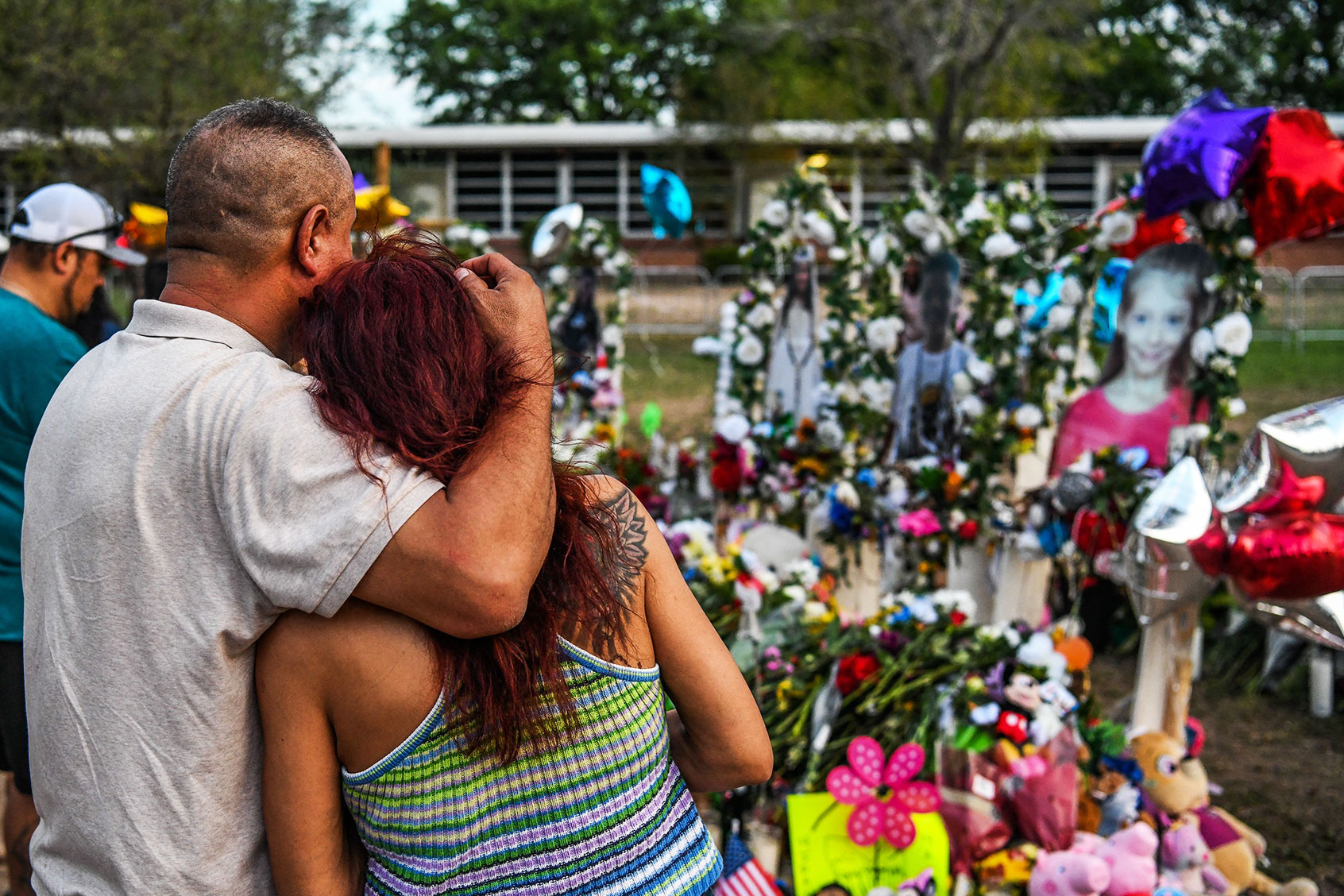Following the mass shooting at Robb Elementary School in Uvalde, Texas, some commentators argued for the need to photograph and publicize what gun violence does to the bodies of victims. Such photographs would be unbearable. They might, these commentators argued, galvanize support for gun safety and control policies. But still others argued that such photographs would only traumatize survivors and victims’ families, while hardly mattering to the politicians who resist gun safety measures.
These issues were destined to remain unresolved. And, tragically, the country now has yet another opportunity to mourn the victims of a mass shooting. On July 4, 2022, a young man allegedly fired from the rooftop of a building in Highland Park, Illinois, killing at least seven people, wounding over 30 more, and traumatizing another American community.
A witness, Dr. David Baum, offered a harrowing account of victims suffering wounds “you probably see in wartime.” Baum also described how, “You saw people screaming, you saw massive amounts of blood in the people who were gone.”
Those who advocate for the publication of photographs of mass shootings note — and correctly so — that images contain information that verbal accounts, like Baum’s moving account, necessarily can’t. They also claim that visual evidence has emotional power that written accounts usually don’t.
There’s truth to this. Having studied the politics of violence, imagery and denial, I’ve documented how visual evidence can indeed move political leaders to take action, whether through investigations or policy changes.
And yet the initial public responses to images aren’t the whole story. As we’ve learned, time and time again, no photograph or video recording is truly “undeniable.” What photographs show can be explained away, through excuses and justifications. This often happens with the release of video footage of police shootings of unarmed Black men. Police unions and departments, many politicians, and too many juries can watch such footage and too often see a justified killing.
This is exactly what those who argue against the release of photographs of victims of mass shooting worry about. Photographs may not make a difference. They may not move public opinion, political will and, most importantly, policy in ways that makes mass shootings less likely to occur again. They may also numb the public to the very violence they expose.
Public indifference or desensitization toward violence is not caused by exposure to too little or too much imagery.
But there’s something that both sides of this debate miss. Public indifference or desensitization toward violence is not caused by exposure to too little or too much imagery. Rather, when the public does not know what to do about violence, they’re likely to turn away from those images of violence. This is the case even when they care deeply about the suffering of others.
People will go to great lengths to avoid thinking, learning and talking about violence when they believe they cannot stop it. They do this to avoid the distressing emotions — helplessness and grief, especially — that awareness of suffering provokes.
This is very likely what many Americans experience after a mass shooting. In the two decades that have passed since the Columbine shooting in Littleton, Colorado, Americans have grown accustomed to two regularities: mass shootings and political inaction on gun violence. The recent Supreme Court ruling limiting gun control is only likely to heighten these emotions.
Knowledge about violence cannot sustain us. Nor can the emotions that this knowledge provokes. In “Regarding the Pain of Others,” Susan Sontag recognized this of the powerful emotional responses people often have to photographs of violence. These responses wither, she concluded, unless they’re “translated into action.”
So we may not need more knowledge about violence and its causes. It follows, then, that we may not need more images of violence. What the American public needs instead is an understanding of how to take action — individual action certainly, but collective action, too — that could produce the sorts of changes that would lessen the likelihood of violence in the future.
Knowledge about violence cannot sustain us. Nor can the emotions that this knowledge provokes.
We need, instead, lessons, discussions, stories and images of social and political action. Journalists and photojournalists need to document and describe the ways that people resist violence and create political change. Educators, particularly those in social studies and the social sciences, need to give equal time to teaching on the strategies of social change and resistance as they do to the causes and consequences of violence and other public problems.
And what of the individual viewer of these images? There will be more photographs of violence, because there will be future acts of violence. These images, we need to recognize, testify not to the act of photography and its ethical dilemmas. Rather, they testify to the human capacities to perpetrate and suffer violence.
But they testify to something else, too. We bear witness to violence and suffering because we belong to local, national and even global communities of human beings. As such, we have a shared impulse to acknowledge, grieve and then work to lighten the suffering of others.
Read more
about violence in America:

